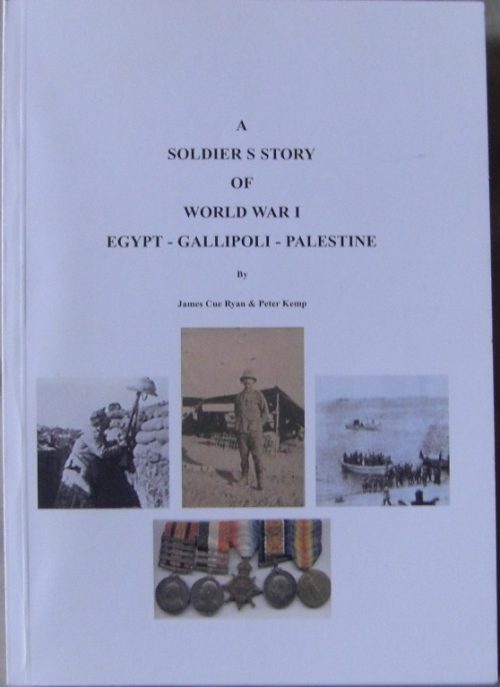Description
Title: The 7th Light Horse Regiment 1914 to 1919
Author: Richardson, J D
Condition: Mint
Edition: 2nd Edition
Publication Date: 2004
Cover: Hard Cover without Dust Jacket – 126 pages
Comments: The history of the 7th Light Horse Regiment AIF – now a very scarce and very desirable Australian World War One unit history book.
Limited Edition of 200 copies.
The 7th Light Horse Regiment was raised in Sydney in October 1914 from men who had enlisted in New South Wales, and became part of the 2nd Light Horse Brigade. Sailing from Sydney in late December 1914, the regiment disembarked in Egypt on 1 February 1915.
The light horse were considered unsuitable for the initial operations at Gallipoli, but were subsequently deployed without their horses to reinforce the infantry. The 2nd Light Horse Brigade landed in late May 1915 and was attached to the 1st Australian Division. The 7th Light Horse became responsible for a sector on the far right of the ANZAC line, and played a defensive role until it finally left the peninsula on 20 December 1915.
Back in Egypt, the 2nd Light Horse Brigade became part of the ANZAC Mounted Division and, in April 1916, joined the forces defending the Suez Canal from a Turkish advance across the Sinai Desert. It fought at the battle of Romani on 4 August, at Katia the following day, and was involved in the advance that followed the Turks’ retreat back across the desert.
The regiment spent late 1916 and early 1917 engaged on patrol work until the British advance into Palestine stalled before the Turkish bastion of Gaza. It was involved in the two abortive battles to capture Gaza directly (27 March and 19 April) and then the operation that ultimately led to its fall – the wide outflanking move via Beersheba that began on 31 October.
With the fall of Gaza on 7 November 1917, the Turkish position in southern Palestine collapsed. The 7th was involved in the pursuit that followed and led to the capture of Jerusalem in December. The focus of British operations then moved to the Jordan Valley. In early 1918 the 7th was involved in the Amman (24-27 February) and Es Salt (30 April-4 May) raids, and helped defeat a joint Turkish-German attack launched on the Jordan bridgehead around Musallabeh on 14 July.
The next major British offensive was launched along the coast in September 1918, and the 7th took part in a subsidiary effort east of the Jordan. It was part of the force that captured Amman on 25 September, which proved to be its last major engagement of the war; Turkey surrendered on 30 October 1918. The 7th Light Horse was employed one last time to assist in putting down the Egyptian revolt of early 1919, and sailed for home on 28 June.
Includes decorations and awards, killed in action or died of wounds, died of sickness or from injuries received on active service and wounded in action.



